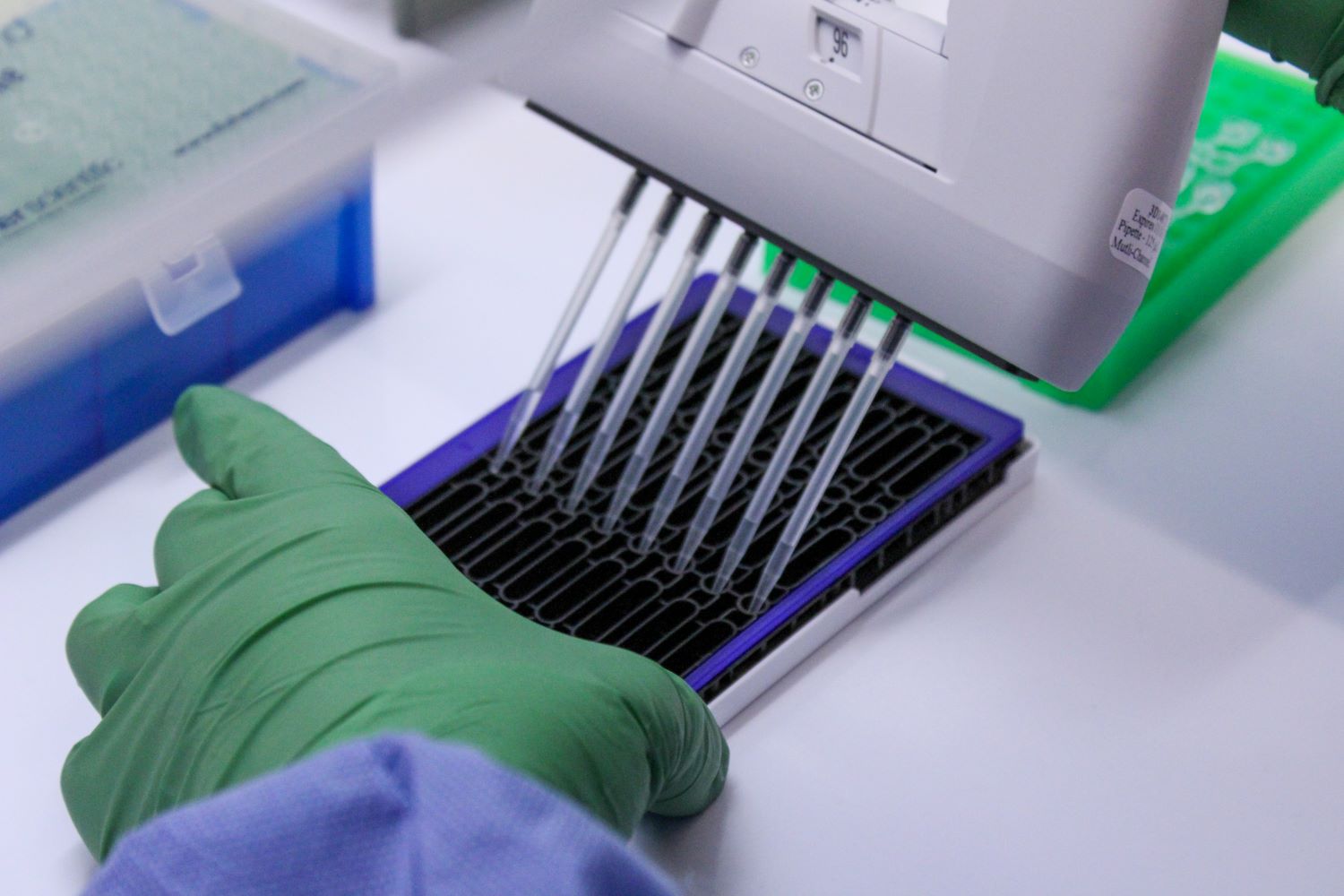2025 Public Health Laboratory Newsroom
Mysterious River Oil Sheen Investigated by Public Health Laboratory
On August 20, 2024, a mysterious oil sheen was spotted on the Mississippi River in Coon Rapids. The sheen was at least a mile long. This stretch of river is of critical importance, as it supplies drinking water to more than a million people in both Minneapolis and St. Paul.
 Collectors quickly took samples of the water and rushed them to the Environmental Laboratory, which is part of the Minnesota Public Health Laboratory. A division of the Minnesota Department of Health, the Public Health Laboratory is equipped to test water for hundreds of potential contaminants, ranging from e. Coli to artificial pesticides.
Collectors quickly took samples of the water and rushed them to the Environmental Laboratory, which is part of the Minnesota Public Health Laboratory. A division of the Minnesota Department of Health, the Public Health Laboratory is equipped to test water for hundreds of potential contaminants, ranging from e. Coli to artificial pesticides.
The same day, Environmental Laboratory scientists tested the water samples for volatile organic compounds (VOCs), which can have long-term health effects. Nothing of concern was found. Scientists then used gas chromatography mass spectrometry to test another set of water samples for semi-volatile organic compounds (SVOCs).
The scientists found plant- and animal-based oils and hydrocarbons. No one knew at the time if these were hazardous or potentially carriers for something toxic. Some pesticides are paired with an oily base to help them spread.
Both Minneapolis and St. Paul shut down their water intake systems while the testing was ongoing. The oil sheen did not make it into either water system, but authorities in both cities wanted their drinking water tested out of an abundance of caution. All samples were free of the unknown contaminant.
A break in the case
After the oil sheen made news reports, a local facility reported that it had accidentally spilled 20 to 30 gallons of hydraulic fluid into the Mississippi. This hydraulic fluid is a harmless food-grade oil, as is required by law for use in all public facilities. Minnesota Environmental Laboratory scientists tested the hydraulic fluid and discovered that it matched the substances from the water samples. It was clear the oil sheen posed no danger.
Minneapolis and St. Paul re-opened their water intake systems. Some of the oil sheen was cleaned up by absorbent booms and mats; the rest dispersed harmlessly.
Fortunately, no one proved to ever be in danger from the mysterious Mississippi River oil sheen. The incident still demonstrated the ability of the Minnesota Public Health Laboratory to quickly mobilize in response to any potential threat to public health.
Return to the 2025 Public Health Laboratory Newsroom.